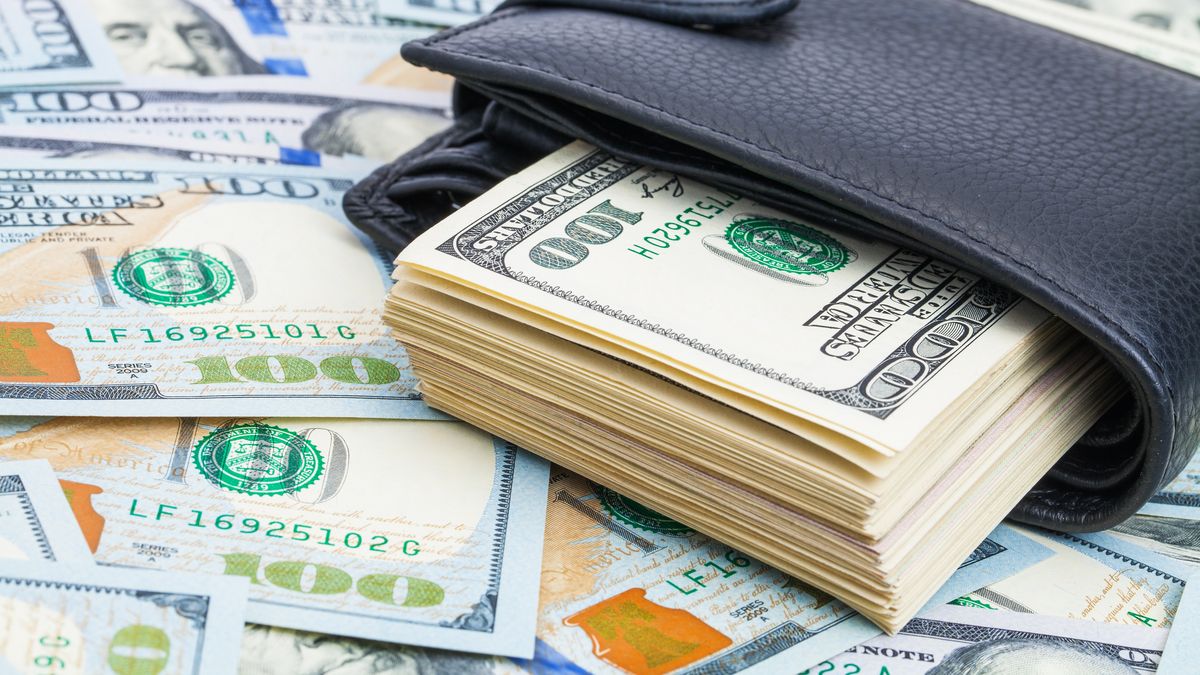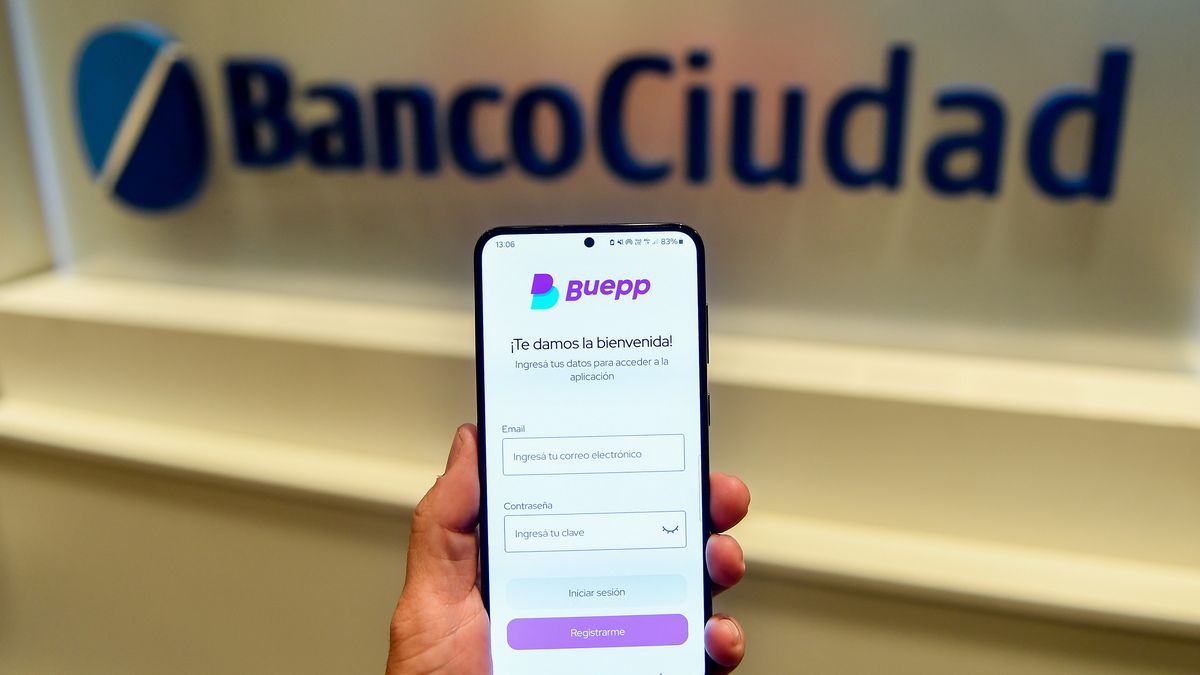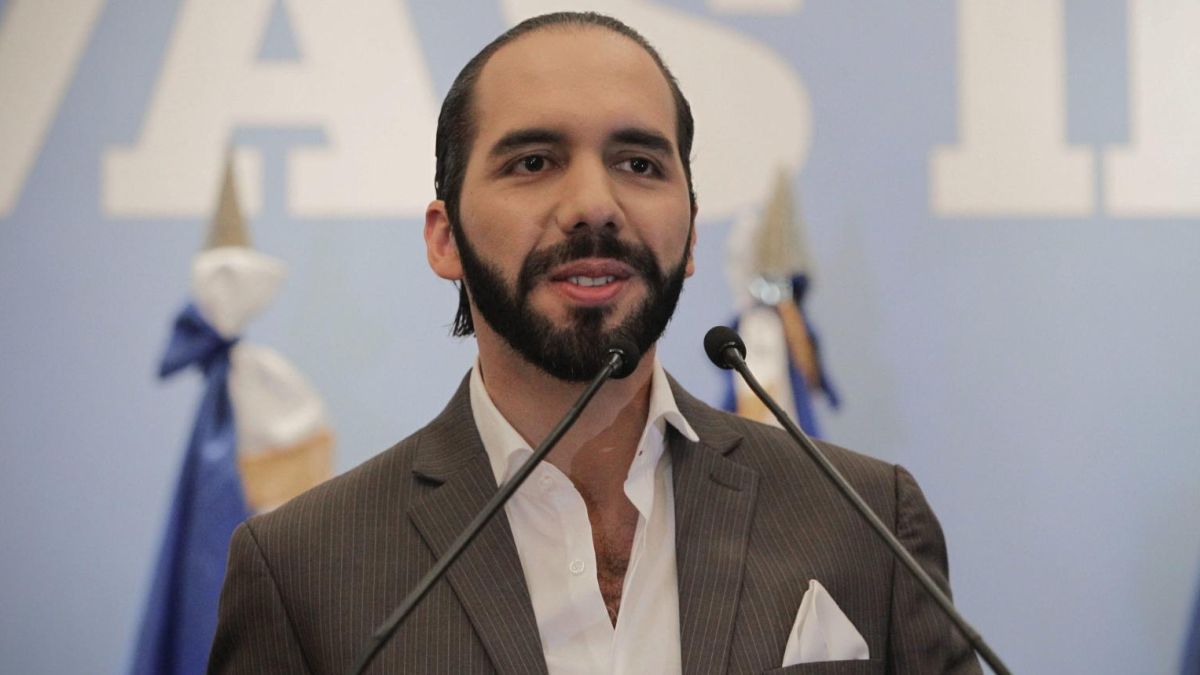After the hard data of March inflation of 7.7%, Many savers are beginning to wonder how to beat prices and also how to invest in a complex year due to the upcoming electoral uncertainty. Although there are few who can dedicate a percentage of their salary to savings, for those who have at least 10% left, they want to do it in instruments that guarantee some profitability.
According to the latest report by the economist Natalia Colombo, before investing, one must take into account the inflation projection (110% according to the REM) and the exchange rate (the official one rose 5.3% in February, 6.1% in March and is expected in the Matba Rofex market that the rate of devaluation increases in the coming months (green dotted line). Although an acceleration is expected, it does not resolve the exchange rate delay since we have come from several years where inflation is higher than the variation of the nominal exchange rate.
In addition, the rates in pesos: fixed terms yield 78% per year. Current rate levels are sensitive to inflation data. In other words, every time the inflation data was higher than expected, the BCRA ended up increasing the rate in pesos.
So what can be done to save?
1. FCI Money Market: Although this alternative is not going to beat inflation, it will allow you to achieve a return with a small amount in a period of 10 and 15 days. For example, it is useful when you want to make an expense in the short term (such as paying your card). They are low risk, have no market volatility and only accrue interest on the titles they have in their portfolio. Companies also tend to use sureties, which yield 67% in one day, 68.5% in 7 days and 70% in 15 days. The best known? Although each bank has its own Money Market fund, it can also be found in virtual wallets such as Mercado Libre, Personal and Ualá.
2. FCI Savings in pesos: they usually beat the fixed term, but the advantage is the availability of money in 24 hours. They invest in fixed terms, sureties, but they also add Treasury bills, which allows them to increase their performance. The downside is that they have volatility (although low) since they are tied to the price fluctuations of the LEDs. Ideal for a conservative profile.
3. LEDs: the YOU GIVE, discount bills issued by the National Treasury are designed for investors who want to be in pesos in the short term (maximum in the middle of the year). Even though they are liquid and can be sold on the market when desired, it is usually recommended that they be held until maturity to collect the interest (or discount) already known at the time of trading.
4. The Lecer, bills issued by the Treasury that adjust capital for inflation, are also a good option for those who believe that they will remain at high levels for the coming months. Given the high demand for hedging, we believe that they are expensive, some even yield negative rates (they can be understood as a cost of hedging, as the investor is willing to give up yield in order to hedge against inflation).
The same is true for dual bonds, which pay inflation or devaluation, whichever is higher over the life of the bond. High demand erodes yields.
For long-term investments
For longer terms, according to Colombo, the best is in dollars. Depending on the risk profile, the investor may buy the MEP dollar or some negotiable obligation (ON) that pays some annual interest. According to his position, it is best to invest in those sectors tied to the dollar such as agriculture, oil and real estate. And finally, those who have the opportunity to invest in T-bills should not hesitate to do so, since the quintessential risk-free asset yields between 4 and 5%.
download.png
Source: Ambito
I am a 24-year-old writer and journalist who has been working in the news industry for the past two years. I write primarily about market news, so if you’re looking for insights into what’s going on in the stock market or economic indicators, you’ve come to the right place. I also dabble in writing articles on lifestyle trends and pop culture news.




